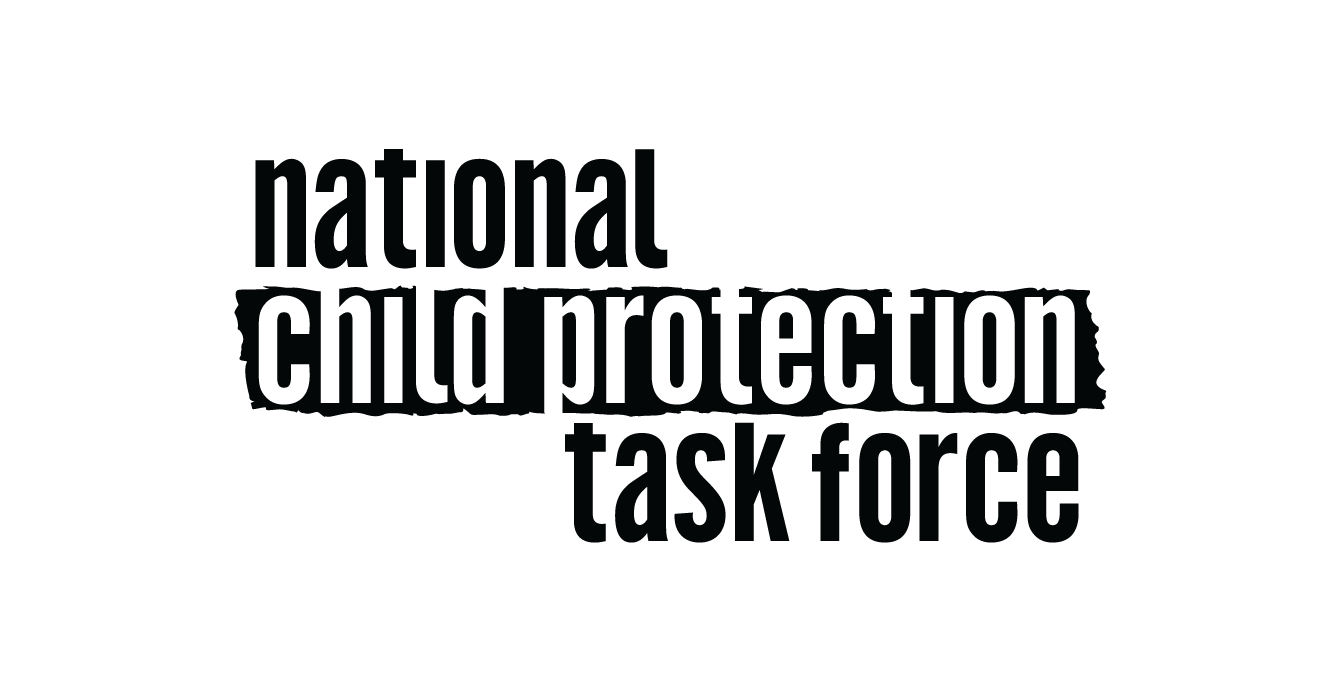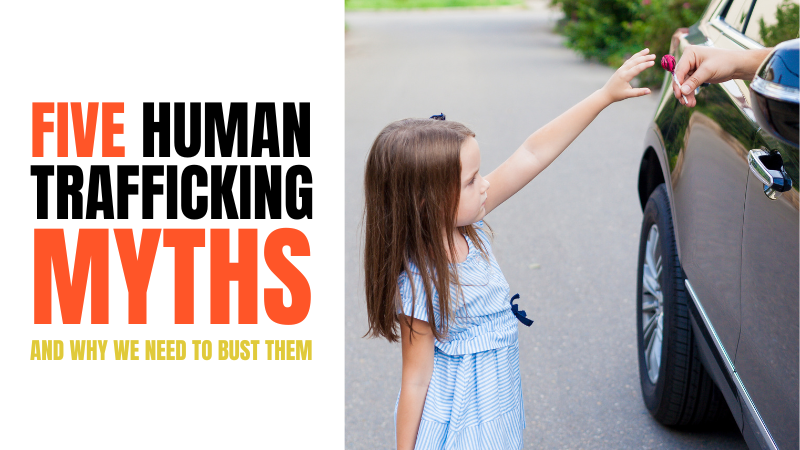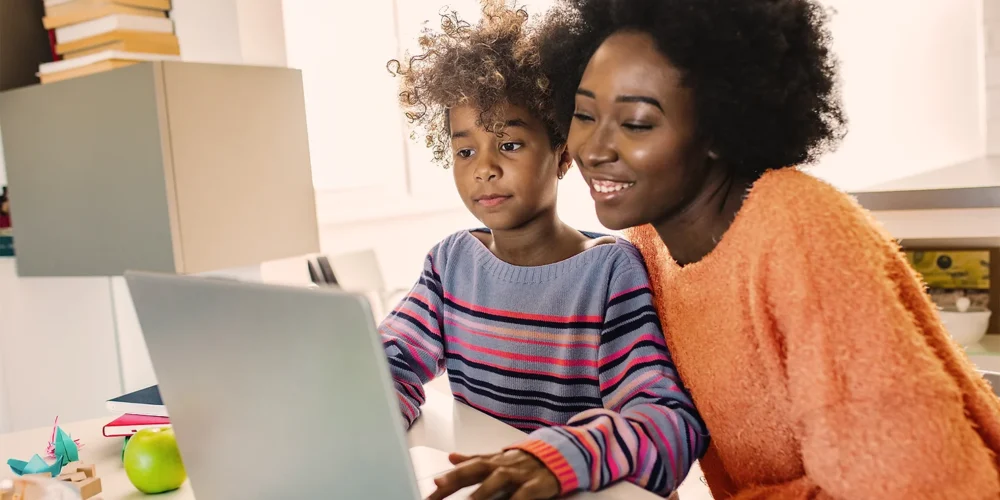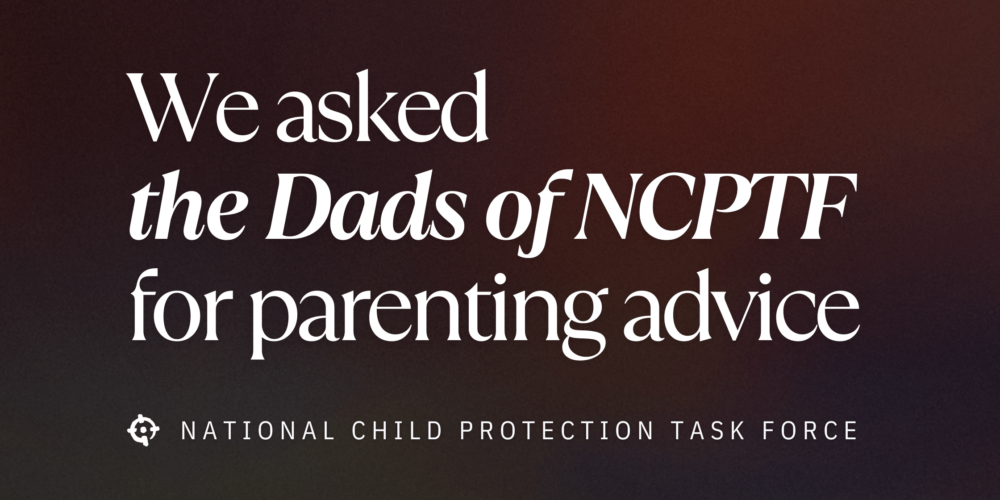Human trafficking is a complex crime, full of nuances that make every case unique. If we are only watching out for situations portrayed in movies such as “Taken,” our children are extremely vulnerable to the more discrete and unsuspecting tactics traffickers use. Here are 5 human trafficking myths and why we must bust them.
1) MYTH: Human traffickers are kidnappers
Yes, child abductions do happen, but it is not the easiest nor most common form of human trafficking. A child stolen is a child that is harder to manage than one who undergoes the psychological process of grooming. Traffickers will spend time, even weeks and months, gaining the child’s trust. This could look like your 10-year-old's friend in Roblox eventually taking them to a more private app to communicate or it could look like your daughter’s new boyfriend that just moved here from out of town.
The abuse does not immediately start. Victims are eased into it, desensitized, and attached to the human trafficker over time. Do abductions happen? Yes! Is that the only thing you should look out for? No! Learn the signs of human trafficking here. A human trafficking victim can be trafficked that day and still tucked into bed at night, whether their parents are aware or not.
2) MYTH: Human trafficking victims are always women and girls
It is impossible to get hard statistics on human trafficking so there is no direct percentage of gender differences amongst human trafficking victims. However, boys and LGBTQ populations are also victims. LGBTQ populations are also increasingly vulnerable because they seek acceptance, something the trafficker is eager to give in exchange for servitude. Traffickers aren’t just lurking young girl Instagram pages. They also frequent online gaming, ready to connect with any child, that is vulnerable and ready for someone to lean on.
3) MYTH: Human traffickers are always strangers
The easiest way to find a human trafficking victim is by finding them in your social circle or connecting to them online. Yes, strangers do abduct children, but most human traffickers don’t fit the stereotypical white van driver offering lollipops. Human traffickers are parents, friends, family members, community leaders, spouses, employers – anyone who can psychologically control victims. They don’t need locks and chains. They just need leverage over the victim, whether that be meeting a need, blackmailing, or threats.
4) MYTH: Human trafficking is always a violent crime
Human traffickers do use violence as a means of control, but that is not the only means available to them. According to The Department of Homeland Security, Human trafficking involves the use of force, fraud, or coercion to obtain some type of labor or commercial sex act. That does not necessarily mean violence.
For victims under 18, these three things do not have to be proven. Someone willing to pay a 16-year-old for sex creates a human trafficking situation. Anyone under 18 cannot consent to prostitution, making the trafficking situation the buyer’s fault alone. There is no “child prostitute.” Only human trafficking victims. A child approached online and asked to create sexual photos/videos in exchange for money is a human trafficking victim. No violence necessary.
5) MYTH: Human trafficking victims always want to be saved
The psychological tactics that human traffickers implement establish incredible loyalty amongst their victims. Whether it be a boyfriend/girlfriend trafficker that showers them with love while arranging appointments for sexual assault or an employer training their undocumented victims to distrust law enforcement for fear of deportation or harm to their family, many human trafficking victims avoid law enforcement at all cost.
Even those who are rescued have to undergo treatment and therapy to undo the brainwashing done by the trafficker before the risk of them returning is over. That is why it is so important to teach our children about human trafficking beforehand. The worst time to talk about human trafficking for the first time is when you are trying to convince them they are victims.
Although human trafficking can look like the abducted girl chained in the basement, if that is the only scenario we pay attention to, we leave our children vulnerable. Please share this information. It isn’t just our children we want to protect – every child deserves to enjoy childhood. And awareness is the best prevention.







